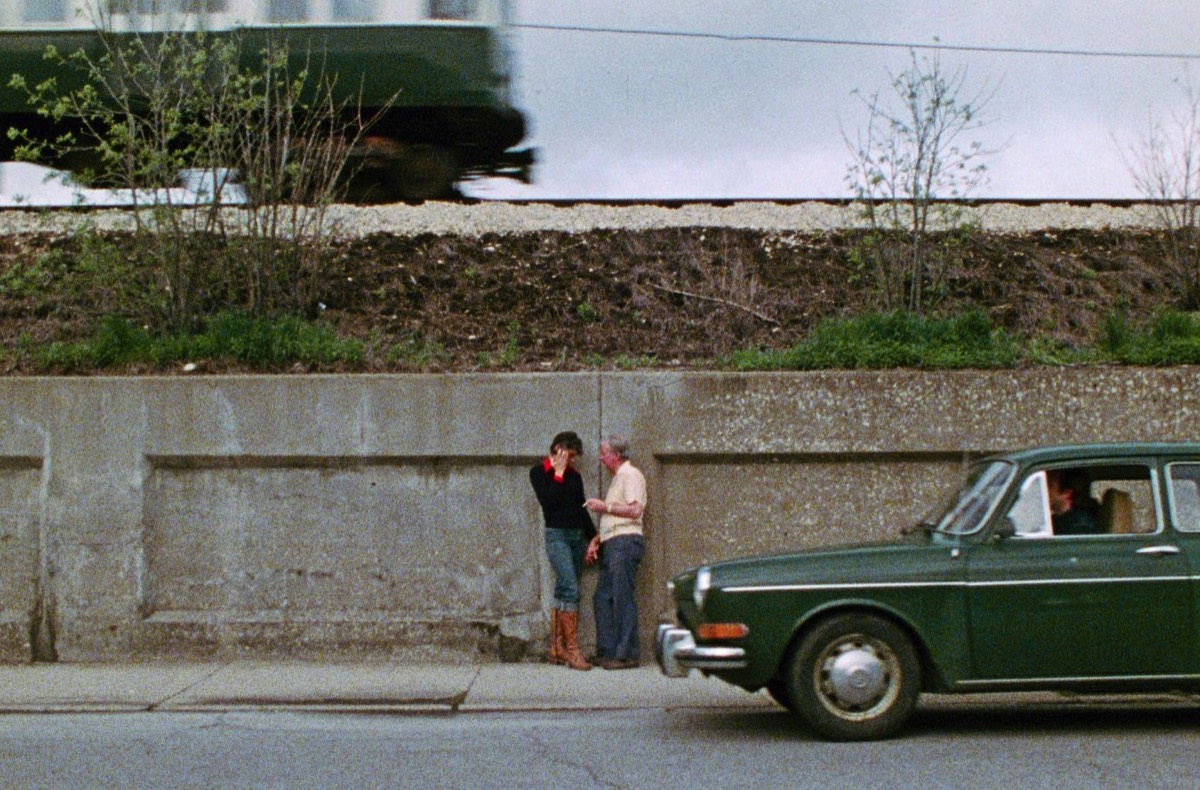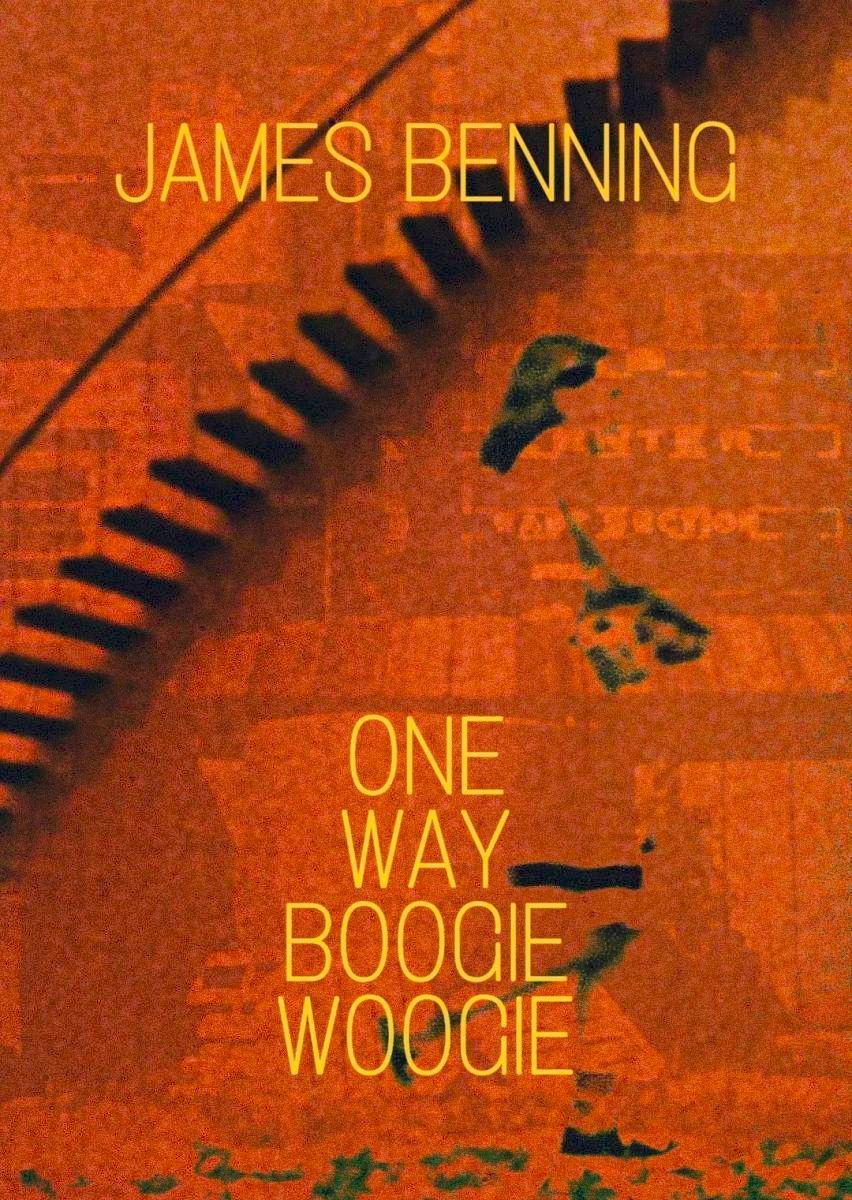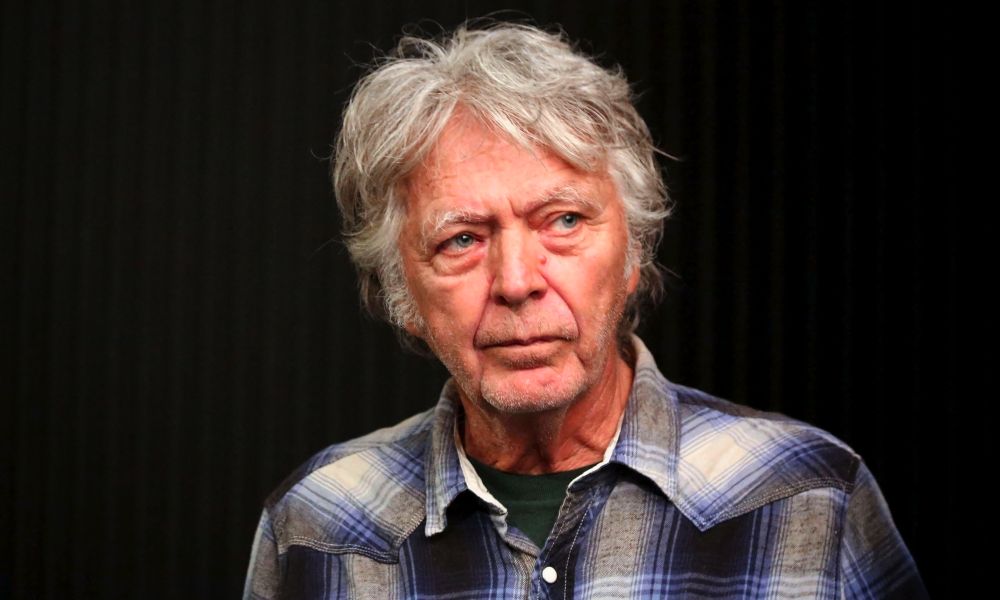"James Benning established himself as an important contributor to American independent cinema in the mid-1970s with 11 x 14 (1976) and One Way Boogie Woogie (1977), formally inventive and visually engaging representations of urban and rural America… Given the considerable body of work he has created and the intense focus on place in so many of his best films—including the recent 13 Lakes (2004), Ten Skies (2004), and RR (2007)—it now seems fair to say that Benning has become the foremost filmmaker of the American landscape." - Scott MacDonald (ArtForum, 2007)
James Benning
Director / Cinematographer / Producer / Editor / Screenwriter
(1942- ) Born December 28, Milwaukee, Wisconsin, USA
21st Century's Top 100 Directors
(1942- ) Born December 28, Milwaukee, Wisconsin, USA
21st Century's Top 100 Directors
Key Production Countries: USA, Canada
Key Genres: Documentary, Avant-garde/Experimental, Culture & Society, Abstract Film, Nature, Drama, Short Film
Key Genres: Documentary, Avant-garde/Experimental, Culture & Society, Abstract Film, Nature, Drama, Short Film
"Avant-garde director who works almost exclusively in 16mm and has drawn critical notice for his structuralist methods, including the combination of multiple texts in a single frame. He is known for works that may assume the form of autobiography and documentary but maintain the formal rigor of outright experimental projects. He is the father of video artist Sadie Benning." - The Film Encyclopedia, 2012
"At the age of 33 Benning received an MFA from the University of Wisconsin where he had studied with David Bordwell. For the next four years he taught filmmaking… Benning has employed diverse methods, themes, structures, and aesthetics, investigating narrative and anti-narrative modes, personal history, race, collective memory, place, industry, and landscape. His philosophy of “landscape as a function of time,” and “Looking and Listening” (which is also the name of a course taught by Benning) is particularly evident in his films since 1999 in the form of fixed, stable shots. For instance, each of El Centro, Los, and Sogobi—The California Trilogy (2000-2001) is composed of 35 2½ minute shots. Nightfall (2012) consists of a single 98-minute shot made at a high elevation in the woods in the west Sierras that begins in late afternoon as the sun is going down and ends in near blackness." - The Film-Makers' Coop

11 x 14 (1977)
"Since the seventies, he is one of the outstanding representatives of the avant-garde film; most notably his examination of American landscapes takes up much space in his oeuvre." - Vienna International Film Festival
"James Benning has been making films and installations for over 40 years and has made a considerable contribution to American experimental cinema. His concerns about American culture have acquired a consistent and distinct place in films such as 11 x 14 (1976), One-Way Boogie Woogie (1977), Landscape Suicide (1986) and North On Evers (1991). He mostly worked with 16mm film, but with the growing obsolescence of this medium, he gradually shifted to digital technologies in his later career, with Ruhr (2009) being the first film he made digitally." - International Film Festival Rotterdam
"What makes Benning not only a formalist master is his consistent concern with the pre-existing social meanings that objects, images, events or sounds carry. He’s close to Ken Jacobs, in this sense." - Adrian Martin (Film Critic: Adrian Martin)
"Indefatigable for five decades, Benning has produced over 30 feature-length films and videos as well as numerous shorts and museum installations that deal with the perception of reality and underlying social implications. Each Benning film becomes an encounter with time and the unexpected in ways that can only be achieved through cinema." - Los Angeles Film Forum, 2022
"Look. Listen. Pay attention. Be alert, attuned, patient. Heed your own senses; hone them, heighten them. Focus, engage the moment, be here now – and notice how anyway thoughts, memories, expectations, presumptions and self-distractions come teeming in. James Benning’s movies pose an idealistic challenge, a spur to unattainably pure observation, but this recognition of the subjectivity of experience is also part of their plan. To newcomers, Benning’s cinema can come as a shock, even intimidate. The spartan rigour of its design makes most narrative movies look like victims of attention deficit disorder (and their audiences victims of informational spoon-feeding). Harking back to the actualities of early, pre-story cinema, it extends their direct gaze – exploring the properties of both the world and our perceptual apparatus, typically with a static camera – into increasingly extreme duration." - Nick Bradshaw (Sight & Sound 2018)
"On first viewing, Benning’s films bring to mind the experimental films of Andy Warhol, specifically, the epic test of patience that is Empire (1964)… Compared to Warhol’s eight-hour shot of the Empire State Building at night, Benning’s films seem like a Michael Bay blockbuster. But the similarity I see between Empire and Benning’s work is that the filmmaker is asking the viewer to not only focus on slight changes and subtle details, but to let the mind wander; to use the films as a springboard for daydreaming. Still, the fact that they require patience and a different level of attention has attracted the criticism that they’re slow." - Christian Williams (Utne Reader, 2014)
"It is perhaps because James Benning’s work is so resistant to neat categorisation that his films have rarely received the recognition they deserve. His work fuses elements of American structuralism, the narrative avant-garde and experimental documentary… Employing neither psychologised stories nor non-objectivist abstractions, Benning’s approach to narrativity does not fit within the history of narrative cinema, nor with much canonical avant-garde work, and can pose an interpretative challenge to the spectator." - Danni Zuvela (Senses of Cinema, 2004)
"The artist is someone who pays attention and reports back." - James Benning
"Since I started making films, I've always tried to open a new narrative space from the juxtaposition of sound and image, or text and image - how the spectator experiences them, how they quote each other." - James Benning (Garternberg Media)
Selected Filmography
{{row.titlelong}}
GF Greatest Films ranking (★ Top 1000 ● Top 2500)
21C 21st Century ranking (☆ Top 1000)
R Jonathan Rosenbaum
21C 21st Century ranking (☆ Top 1000)
R Jonathan Rosenbaum
James Benning / Favourite Films
Chelsea Girls (1966) Andy Warhol, Double Tide (2009) Sharon Lockhart, Home Improvements (1985) Robert Frank, La Libertad (2001) Lisandro Alonso, Last Chants for a Slow Dance (1977) Jon Jost, Lemon (1969) Hollis Frampton, Magdalena Viraga (1986) Nina Menkes, New York Portrait: Chapters I-III (1979-1990) Peter B. Hutton, Routine Pleasures (1986) Jean-Pierre Gorin, Seventeen (1983) Joel DeMott & Jeff Kreines, Sshtoorrty (2005) Michael Snow.
Source: Facebook (2018)
Chelsea Girls (1966) Andy Warhol, Double Tide (2009) Sharon Lockhart, Home Improvements (1985) Robert Frank, La Libertad (2001) Lisandro Alonso, Last Chants for a Slow Dance (1977) Jon Jost, Lemon (1969) Hollis Frampton, Magdalena Viraga (1986) Nina Menkes, New York Portrait: Chapters I-III (1979-1990) Peter B. Hutton, Routine Pleasures (1986) Jean-Pierre Gorin, Seventeen (1983) Joel DeMott & Jeff Kreines, Sshtoorrty (2005) Michael Snow.
Source: Facebook (2018)
James Benning / Fan Club
James Benning, Filipe Furtado, Neil Young (critic), Amat Escalante, Jonathan Rosenbaum, Gavin Smith, Manu Yáñez-Murillo, Alejandro Cozza, Michael Pattison, Erika Balsom, Flavia de la Fuente, Robert Koehler.
James Benning, Filipe Furtado, Neil Young (critic), Amat Escalante, Jonathan Rosenbaum, Gavin Smith, Manu Yáñez-Murillo, Alejandro Cozza, Michael Pattison, Erika Balsom, Flavia de la Fuente, Robert Koehler.
"Fan Club"
These film critics/filmmakers have, on multiple occasions, selected this director’s work within film ballots/lists that they have submitted.
These film critics/filmmakers have, on multiple occasions, selected this director’s work within film ballots/lists that they have submitted.


